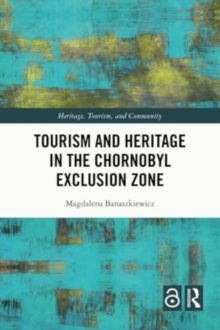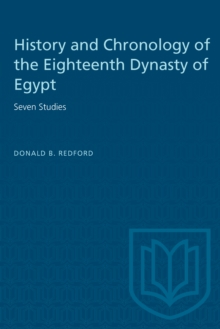
Public Men and Virtuous Women : The Gendered Languages of Religion and Politics in Upper Canada, 1791-1850 PDF
by Cecilia Morgan
Part of the Heritage series
Description
Gendered images and symbols were of central importance the public debate about loyalty, a political conflict, and religious participation in early Ontario. Drawing on a wide range of international scholarship in feminist theory, women's and gender history, and cultural studies, Cecilia Morgan analyses political and religious languages in the Upper Canadian press, both secular and religious, and other material published in the colony from the 1790s to the 1850s. She examines constructs and concepts of gender in a wide number of areas: narratives of the War of 1812, political struggles over responsible government in the 1820s and 1830s, evangelical religious discourses throughout these decades, and related discussions of manners and moral behaviour. She also considers the relations between religion and politics in the 1840s, pointing to the continuous struggles of Upper Canadians to define and fix the meanings of public and private and their use of masculinity and femininity to signify these realms. She suggests as well that scholars of gender and colonial history need to consider a more nuanced way of understanding social formation in the colony through an examination of the representation of voluntary organizations. The book also examines relations of gender, class, and race as they affected the cultural development of the middle class.
Morgan concludes that while seemingly hegemonic definitions of gender relations emerged over this period -- with men and masculinity identified with politics and loyalty to the colonial state and imperial connection, and women and femininity linked to the home -- the meanings of gender and gendered imagery differed according to their contexts. Colonial society's attempts to make sharp delineations between the public and the private were rarely successful and were marked by numerous tensions and contradictions.
Information
-
Download - Immediately Available
- Format:PDF
- Pages:320 pages
- Publisher:University of Toronto Press
- Publication Date:15/12/1996
- Category:
- ISBN:9781487576806
Information
-
Download - Immediately Available
- Format:PDF
- Pages:320 pages
- Publisher:University of Toronto Press
- Publication Date:15/12/1996
- Category:
- ISBN:9781487576806










